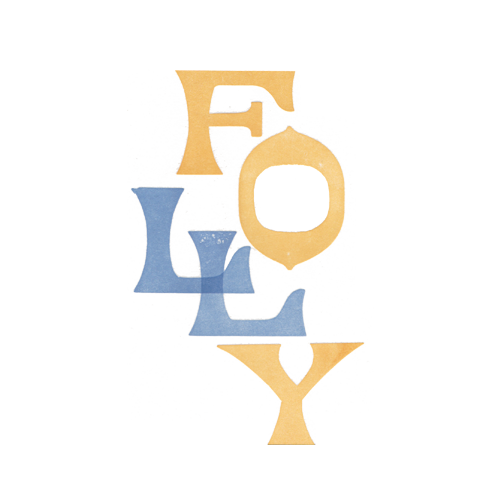Hume Castle stands on a prominent site, visible for miles round. Initially, this gave it great defensive strengths, but by the later 18th century the ‘considerable eminence’ was thought the perfect site for an eye-catcher. The ruins of the ancient fortification were pulled down and the stone reused to create a curiously crenellated sham castle.
sham castle
Follies and Freaks: a 1908 view.
In 1908 T.W. Wilkinson submitted an article on ‘Remarkable Follies’ to Wide World Magazine. This popular publication was launched in 1898 and was aimed at men, and in particular what one writer has called ‘armchair adventurers’. It specialised in true-life tales of derring-do with titles such as ‘The Underground Pirates’ and ‘Across Africa by Boat’. One wonders what the readership made of Wilkinson’s article: exciting as follies are, they don’t quite have the drama of ‘A Subterranean Duel’.
The Folly, Benington Lordship, Hertfordshire
In the grounds of Benington Lordship, an early 18th century mansion near Stevenage in Hertfordshire, is a sham ruin on a grand scale. Constructed in the 1830s it combined the roles of eye-catcher, gateway, smoking room and banqueting hall in one rambling structure.
The Tower, Balcarres Craig, Colinsburgh, Fife
On the rocky outcrop known as Balcarres Craig (or Crag) stands an elegant eye-catcher in the form of a circular tower with ruined curtain walls attached. It was built in 1813 for Robert Lindsay of Balcarres House as a ‘grand object in the landscape’.
Hagley Park, Worcestershire
It is getting a bit ‘backendish’ – as they say in Yorkshire – and the Folly Flâneuse is taking a short break. Meanwhile here are some of the wonderful landscape ornaments built by the Lyttelton family at Hagley Park, seen on a perfect autumn day as the leaves begin to turn bronze and gold, and the mist clears to reveal a blue sky.
Follies and Pharmaceuticals: a Curious Concoction
Barbara Jones is best known to readers of these pages as the author of Follies & Grottoes (1953, revised 1974), the first book to consider the subject of garden and landscape buildings in any detail. She also wrote books about popular art, erotic postcards and furniture amongst other subjects, and as an illustrator and designer her work appeared in magazines, on calendars, dustjackets, greetings telegrams and much, much more.
Grimsbury Castle, Hermitage, Berkshire
On a hilltop near the village of Hermitage, a few miles from Newbury, are the remains of an early Iron Age hillfort which became known as Grimsbury Castle. Close by is a battlemented structure, also called Grimsbury Castle, but this one only pretends to antiquity, being a diminutive sham castle built to house a gamekeeper.
Haughmond Castle, Uffington, Shropshire
Sundorne House in Shropshire was the seat of the Corbet family and the estate included the picturesque ruin of Haughmond Abbey. In 1774 John Corbet added a dramatic eye-catcher to the ensemble – a sham castle on the summit of Haughmond Hill.
The Old Castle, Conishead Priory, Cumbria
On a knoll in the former park of Conishead Priory, near Ulverston in Cumbria, (formerly Lancashire) stands this solitary tower. It was once part of a much larger folly, known as the Old Castle, which many took for a genuine ancient monument. Thomas Braddyll (1730-1776) erected it as an ornament to be seen from his seat at Conishead Priory.
‘Famous Follies’: a Nineteenth Century View
In 1896 a new publication was launched in Britain. Pearson’s Magazine was a miscellany of fact and fiction, and is best known today for a landmark event of 1922: the appearance of the first ever crossword puzzle in a British publication. Only a year after it first appeared on newsstands the magazine was attracting writers of the highest calibre, including H.G.Wells whose The War of the Worlds was serialised in 1897. But of course what caught the eye of the Folly Flâneuse was an article from 1898 when Edward le Martin-Breton, wrote an illustrated article on ‘Famous Follies’.









